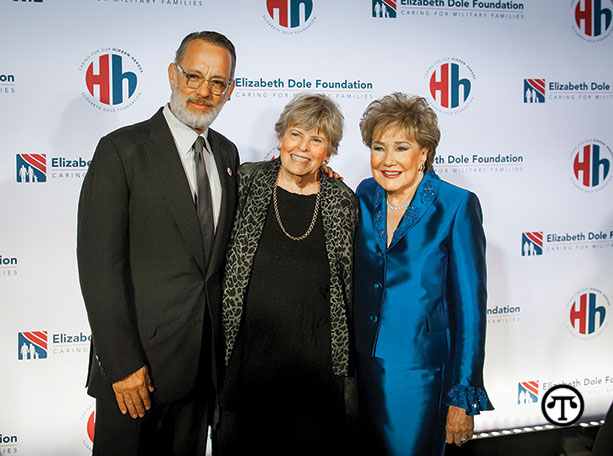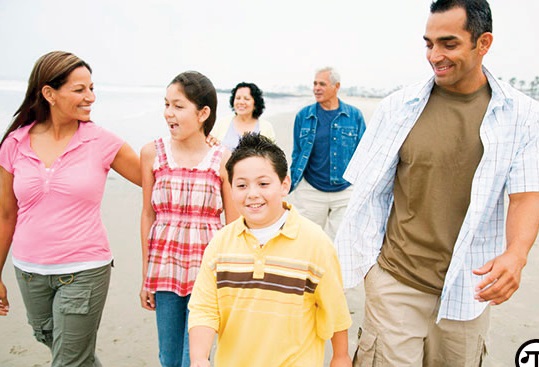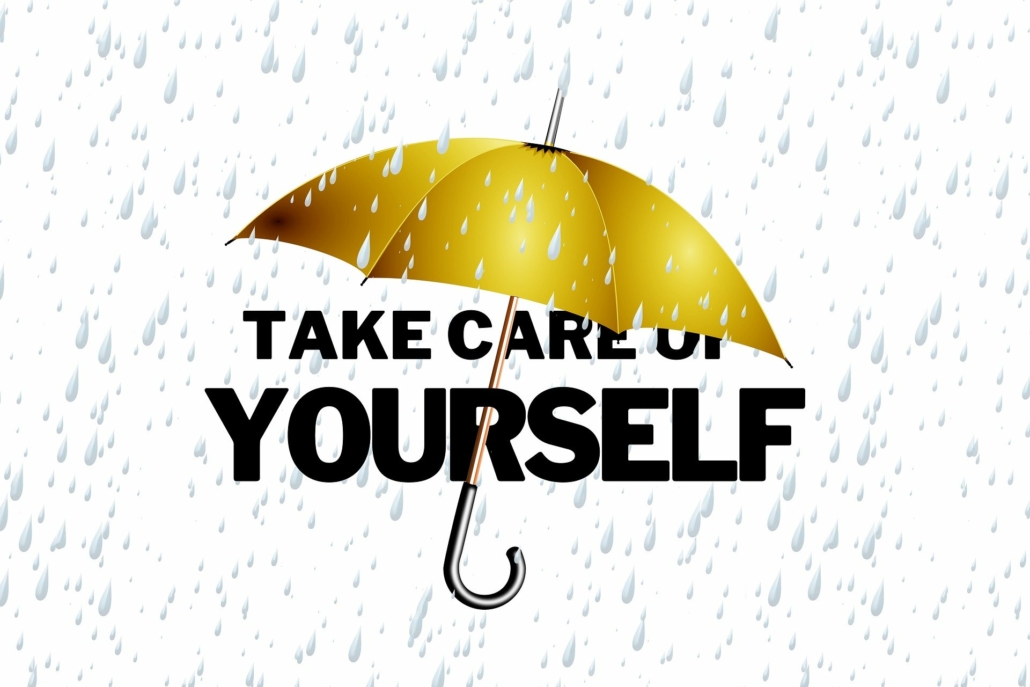FOR YOUR HEALTH: A Quick Brush-Up On Children’s Dental Health
 Getting kids into good dental habits early is a wise idea and easier than many parents realize.
Getting kids into good dental habits early is a wise idea and easier than many parents realize.
(NAPS)—For most parents, happiness is seeing a smile on their child’s face—right from that first gummy grin. Instilling good dental hygiene habits early can help protect your child’s precious smile.
Your dentist can help. Most dental plans cover children, starting at birth. And since February is National Children’s Dental Health Month, now is a great time to brush up on the topic. Here are some hints that can help:
Baby Their Baby Teeth
Even though baby teeth eventually fall out, they still matter. Decay and other problems can set the stage for dental problems in adult teeth.
To help prevent decay in baby teeth, never put baby to bed with a bottle. Milk and juice break down into sugars, which can pool around their teeth and cause cavities.
Even before the first tooth pops up, get in the habit of gently wiping baby’s gums with a clean, moist cloth after feedings and before bedtime, to prevent bacteria from growing.
Concerned about pacifiers and thumb-sucking? Both can contribute to an overbite. The Academy of Pediatric Dentistry recommends that children stop all sucking habits by 36 months or younger. But pacifiers put less pressure on the teeth than thumb-sucking, and they’re an easier habit to break.
Year 1: First Toothbrush, First Dentist Visit
When that first tooth pops up, it’s time for baby’s first, soft-bristled toothbrush. Also, per the Academy of Pediatric Dentistry, brush gently with plain water or just a drop of toothpaste with fluoride—no bigger than a rice kernel. Be sure to schedule your child’s first dental appointment soon after their first birthday, too. Early visits can help them become comfortable with your dentist and reduce anxiety down the road.
If your child is especially fearful or has special physical or developmental needs, consider a pediatric dentist. They have years of specialized training in child psychology and development.
Age 3 And Up: Make Brushing Fun
By age 3, kids can begin using a pea-sized amount of toothpaste with fluoride. Make brushing and flossing a fun daily experience: once in the morning and once at night. Remember that it’s difficult for little hands to use a toothbrush correctly—and at a 45-degree angle. They’ll need your help for quite a while.
Try setting a timer for two-minute brushing sessions. You can brush together, have a special brushing song, and treat your kids to a colorful character toothbrush. With a little creativity (and much patience), brushing can be a positive, feel-good experience.
A “Silver Lining” For Cavities
A cavity or tooth decay can result when tooth enamel breaks down. Although most cavities are preventable, tooth decay is the most common childhood disease of children aged 6 to 19.
The good news? Dentists now have a painless way to deal with cavities. “An application of silver diamine fluoride can effectively slow or stop the tooth decay process in its tracks,” says Dr. Gregory Theis, Director, Dental Services, Delta Dental of Wisconsin.
Applying the antimicrobial liquid is quick and easy. And, because it can prevent the loss of a tooth, many dental plans cover two applications per year.
Teens’ Teeth Need TLC, Too
Teenagers are known for their big appetites and busy schedules. They often grab whatever food comes their way—including sticky sweets that tug on braces, and sodas or sports drinks that can erode enamel.
Do your best to offer healthier meal and snack options at home—and don’t let your teen skip dental or orthodontic appointments. If you’re weary of reminding your teens to wear their elastics or to stop chomping on ice and sticky sweets, give your dentist or orthodontist a heads up—and let them help reinforce healthy choices at the next appointment.


 SAFETY ON THE ROAD
SAFETY ON THE ROAD Medical researchers may have come up with a way to treat such dreaded conditions as Alzheimer’s disease, MS and spinal cord injuries.
Medical researchers may have come up with a way to treat such dreaded conditions as Alzheimer’s disease, MS and spinal cord injuries. (NAPSI)—Academy Award winner Tom Hanks is rallying the nation behind America’s military caregivers with help from the legacy of a legend, Bob Hope. Hanks launched the Military Caregiver Champion program with the Elizabeth Dole Foundation to fund resources for the 5.5 million Americans voluntarily caring for a loved one who was wounded, made ill or injured through military service. Hope’s daughter, Linda Hope, was the first to join the campaign, donating $1 million on behalf of the Bob and Dolores Hope Foundation.
(NAPSI)—Academy Award winner Tom Hanks is rallying the nation behind America’s military caregivers with help from the legacy of a legend, Bob Hope. Hanks launched the Military Caregiver Champion program with the Elizabeth Dole Foundation to fund resources for the 5.5 million Americans voluntarily caring for a loved one who was wounded, made ill or injured through military service. Hope’s daughter, Linda Hope, was the first to join the campaign, donating $1 million on behalf of the Bob and Dolores Hope Foundation. (NAPSI) — No matter what stage of life you’re in—whether you’re an adult, an older person, a pregnant woman or a parent—consuming healthy foods and beverages, combined with getting regular physical activity, stress relief and adequate sleep, may help you or your children stay healthy for life!
(NAPSI) — No matter what stage of life you’re in—whether you’re an adult, an older person, a pregnant woman or a parent—consuming healthy foods and beverages, combined with getting regular physical activity, stress relief and adequate sleep, may help you or your children stay healthy for life! (NAPSI)—In a world that moves so quickly, people can sometimes forget to take time for themselves. Self-care is a way to slow down and focus on taking care of your own well-being. Regular self-care also can have a strong effect on mental health, preventing burnout, reducing the negative effects of stress and helping you refocus.
(NAPSI)—In a world that moves so quickly, people can sometimes forget to take time for themselves. Self-care is a way to slow down and focus on taking care of your own well-being. Regular self-care also can have a strong effect on mental health, preventing burnout, reducing the negative effects of stress and helping you refocus. (NAPSI)—People with low vision have blind spots that can make it difficult or impossible to drive, read or see faces. These impairments cannot be corrected by surgery or glasses. What’s more, too many are blind to the realization that much can be done to improve their quality of life.
(NAPSI)—People with low vision have blind spots that can make it difficult or impossible to drive, read or see faces. These impairments cannot be corrected by surgery or glasses. What’s more, too many are blind to the realization that much can be done to improve their quality of life. (NAPSI)—Some games topping holiday wish lists-including the season’s most anticipated release, “Call of Duty: Modern Warfare”—contain imagery that could be putting the health of young people at risk.
(NAPSI)—Some games topping holiday wish lists-including the season’s most anticipated release, “Call of Duty: Modern Warfare”—contain imagery that could be putting the health of young people at risk.
 (NAPSI)—When a child or youth is placed into foster care, their safety and well-being become the shared responsibility of the community. Organizations such as the nonprofit Treehouse are an important part of the solution. Staff and volunteers work to provide childhood experiences everyone deserves, connection to resources and a successful launch into adulthood.
(NAPSI)—When a child or youth is placed into foster care, their safety and well-being become the shared responsibility of the community. Organizations such as the nonprofit Treehouse are an important part of the solution. Staff and volunteers work to provide childhood experiences everyone deserves, connection to resources and a successful launch into adulthood.